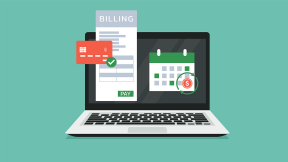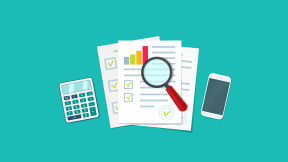Getting a student credit card with poor credit: What are your options?

Quick insights
- If you’re a student with a low credit score, there may be some credit options available to you.
- You can help build your credit score if you manage your credit wisely with credit cards and other strategies.
- It’s important to research the terms and conditions of any card you apply for so you can protect yourself from surprise fees and bad terms.
Being a student and managing a full courseload can be stressful by itself, but it can be even more overwhelming adding your financial situation into the mix. That’s why we’re here to help guide you through the process of getting a credit card even if you have poor credit.
Understanding your credit score
To help you understand your current credit situation and your credit score, there are a few steps you can take.
- Review your credit report: You can do this by requesting a free annual report from the main credit bureaus—Experian™, Equifax® and TransUnion®. Your report will show you, among other details, what credit accounts you currently have open (and ones that have been closed) and if there are any negative marks on your report, such as defaults on loans or missed credit card payments.
- Identify the factors affecting your score: Look for common contributors like late payments and a high credit utilization ratio. These can negatively impact your credit score, so being aware of these factors can help you adjust your current credit behavior.
- Calculate your debt-to-income ratio: Total up your monthly debt installments and divide this by your gross monthly income to see how much of your income goes towards debt. The lower your debt, the better your ratio and potential chances for approvals for lines of credit.
Regularly checking your credit score can also be a helpful way to get a broad view of your credit behavior, especially if you begin to make changes in the hopes to help improve your score.
Tips for obtaining a credit card with a low credit score
If you recently checked your credit score and find that you fall into the poor credit score category, as referenced by some credit scoring models, you may be wondering what credit products may be available for you. Let’s dive into some potential choices below:
- Research secured credit cards: Secured credit cards are like normal credit cards except that they require a cash deposit that serves as your credit limit; thanks to this, you may have a better chance of getting approved for them despite having a poor credit score. For example, a $300 deposit would typically give you a $300 credit limit. Please note that secured credit cards are not offered by Chase.
- Consider adding a co-signer: Ask a family member or trusted friend/loved one to co-sign your credit card application. This may help increase your chances of approval, as a co-signer helps lower the risk for the lender. Co-signers are obligated to take responsibility for the debt if you fail to make payments.
- Explore student-specific credit cards: Some financial institutions and credit unions offer credit cards designed for students who are looking to build their credit history. They may come with certain features, such as low credit requirements and fees. You may be able to benefit from rewards as well, such as cash back, as an incentive for managing your credit responsibly.
Whichever card you decide to apply for, it’s important to always review the terms and conditions so that you won’t be surprised by any fees, including annual fees, interest rates, foreign transaction fees and more.
Strategies to pay off existing debt and improve your credit score
One of the biggest hindrances to obtaining a good credit score can be the fact that you have several large, outstanding debts. As a student, it can be difficult to figure out where to prioritize your payments. Below are a few helpful tips to pay off your debts:
- Cut unnecessary costs: Find areas where you can cut unnecessary expenditures such as monthly subscriptions. This can help you find small ways to save and put those funds towards your debt installments instead.
- Consider debt consolidation: Explore if consolidating multiple debts into a single payment with a lower interest rate would be helpful for you. This can help you save on interest costs and can be more manageable since you’ll only need to pay one bill.
- Find additional income sources: If you have the time outside of your studies, look into side gigs such as tutoring or rideshare driving.
- Apply debt repayment methods: You could try using the debt snowball method and pay off debts from smallest to largest to build momentum. Another option is the debt avalanche method, where you prioritize paying off the debts with the highest interest rates first, which can help you save money on interest costs in the long run.
To help improve your credit score, consider taking some of the following steps:
- Lower your credit utilization ratio to 30% or less.
- Consistently make on-time payments.
- Protect sensitive information (for example, shred important documents including information such as your Social Security number before tossing).
In conclusion
Trying to navigate your finances while being a student can be daunting at first, but by educating yourself with the right resources, you can feel empowered to take better control of your credit. If you have a poor credit score, there may be options available to you, and there are ways to help improve your credit profile over time.



